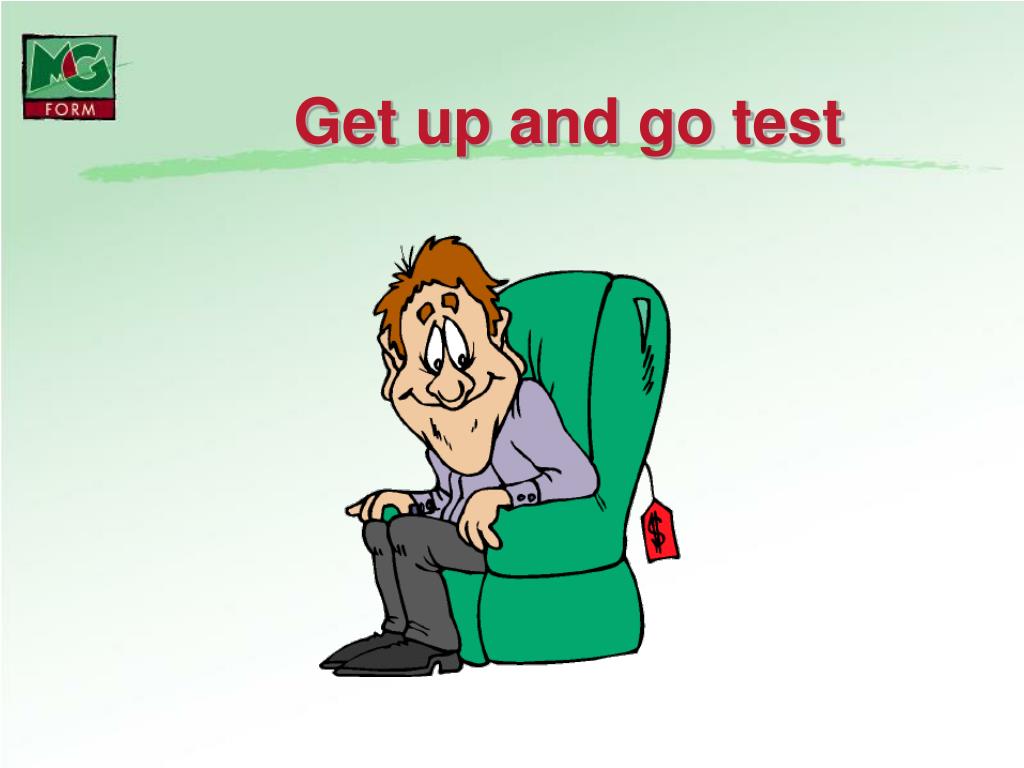
The optimal cut-off score of the dynamic balance test for prediction risk of falls in community-dwelling older adults. Poncumhak P DW, Srithawong A, Sittitan M. The five-times-sit-to-stand test: validity, reliability and detectable change in older females. Goldberg A, Chavis M, Watkins J, Wilson T. Validity of five times sit to stand test for the evaluation of risk of fall in community-dwelling older adults. Psychometric comparisons of the timed up and go, one-leg stand, functional reach, and Tinetti balance measures in community-dwelling older people. Lin MR, Hwang HF, Hu MH, Wu HD, Wang YW, Huang FC. Age- and gender-related test performance in community-dwelling elderly people: Six-Minute Walk Test, Berg Balance Scale, Timed Up & Go Test, and gait speeds. Sit-to-stand test for measuring performance of lower extremity muscles. Leg extensor power and functional performance in very old men and women. Clinical measurement of sit-to-stand performance in people with balance disorders: validity of data for the Five-Times-Sit-to-Stand Test. Whitney SL, Wrisley DM, Marchetti GF, Gee MA, Redfern MS, Furman JM. Predicting the probability for falls in community-dwelling older adults using the Timed Up & Go Test. The timed "Up & Go": a test of basic functional mobility for frail elderly persons. Accuracy of Timed Up and Go Test for screening risk of falls among community-dwelling elderly.

The association between fall history and physical performance tests in the community-dwelling elderly: a cross-sectional analysis. Kim JC, Chon J, Kim HS, Lee JH, Yoo SD, Kim DH, et al. Functional Performance in Community Living Older Adults. The cost-effectiveness of a multifactorial targeted prevention program for falls among community elderly persons. Rizzo JA, Baker DI, McAvay G, Tinetti ME.

Falls among community-dwelling elderly in Japan. 2004 33(1):58-65.Īoyagi K, Ross PD, Davis JW, Wasnich RD, Hayashi T, Takemoto T. Consequences of falling in older men and women and risk factors for health service use and functional decline. Methods to assess and improve the physical parameters associated with fall risk in older adults. Rogers ME, Rogers NL, Takeshima N, Islam MM. Falls and fall-related injuries in community-dwelling elderly persons in Hong Kong: a study on risk factors, functional decline, and health services utilisation after falls. Functional ability and health status of community-dwelling late age elderly people with and without a history of falls. Thaweewannakij T, Suwannarat P, Mato L, Amatachaya S. Association of injurious falls with disability outcomes and nursing home admissions in community-living older persons. Gill TM, Murphy TE, Gahbauer EA, Allore HG. Physical consequences of falls in the elderly: a literature review from 1995 to 2010. Terroso M, Rosa N, Torres Marques A, Simoes R. Functional balance assessment of older community dwelling adults: a systematic review of the literature. The findings suggested the suitable cut-off scores of the TUG and FTSST as screening criteria to early detect risk of fall in well-functional elderly. The findings reported the cut-off scores of the TUG as more than 9.50 seconds (70.21% sensitivity, 56.99% specificity) and 10.50 seconds (81.82% sensitivity, 66.67% specificity) additionally, the cut-off scores of FTSST more than 11.50 seconds (73.91% sensitivity, 62.64% specificity) and 12.10 seconds (61.54% sensitivity, 50.00% specificity) represented risk of fall in elderly, who aged 65-74 years and 75 years and older, respectively. They were screened their risk of fall using the tandem stand test and history of fall within the past 6 months, then they were investigated the TUG and FTSST. Thus, this study aimed to identify the cut-off scores of the TUG and FTSST for determining risk of fall in these individuals, which were classified into the age of 65-74 years and 75 years and older. However, there were no any studies reported the cut-off scores of the TUG and FTSST for determining risk of fall in well-functioning elderly. Evidence supported that the timed-up and go test (TUG) and five times sit-to-stand test (FTSST) are commonly used to assess balance impairment and leg muscle weakness, which were common risk factors of fall. Therefore, an early detect of functional ability in those with risk of fall should be concerned. Faculty of Associated Medical Sciences, Khon Kaen Universityįaculty of Medicine, Khon Kaen Universityįaculty of Allied Health Sciences, Chulalongkorn UniversityĬut-off score, Balance ability, Leg muscle strength, Risk of fall, Healthy elderly AbstractĪging process can naturally affect the restriction of physical function, which result in an increased risk of fall even though in well-functioning elderly.


 0 kommentar(er)
0 kommentar(er)
